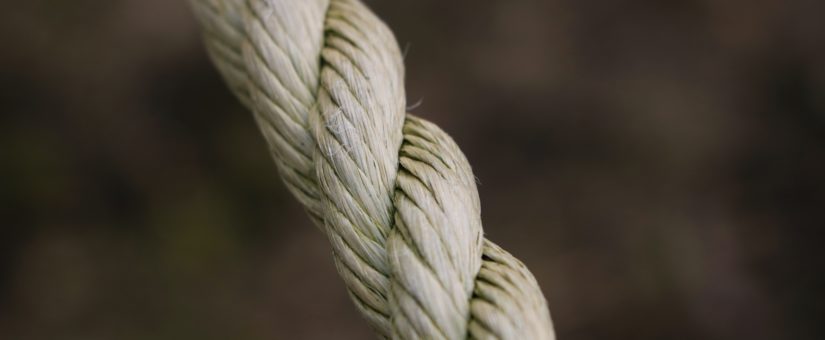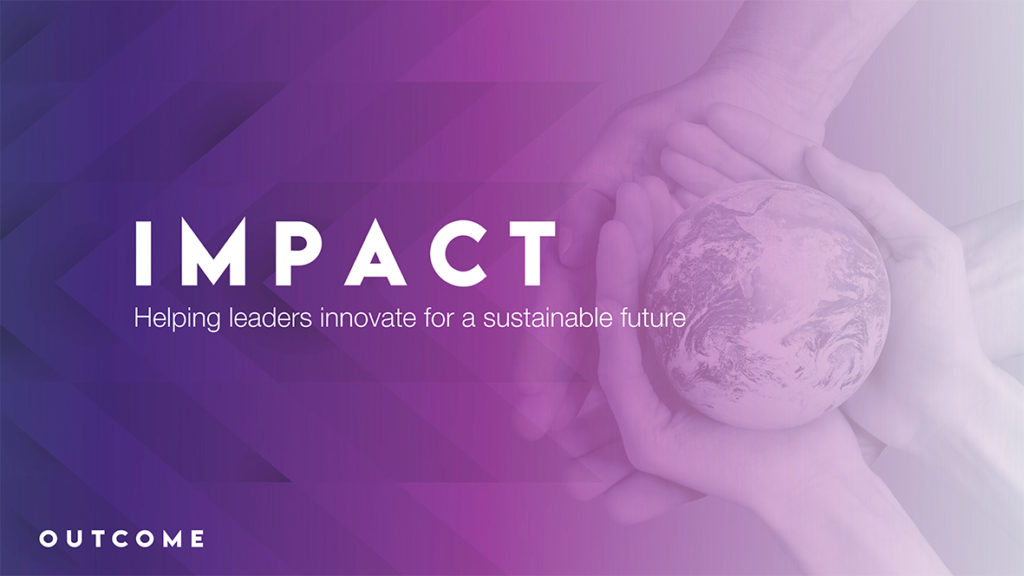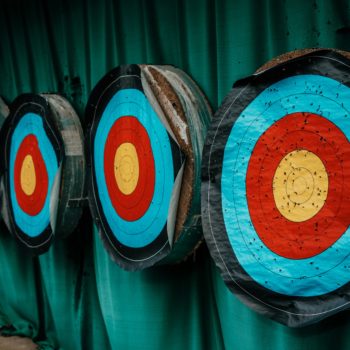
Why sustainability and innovation are completely intertwined
- Posted by Dan Toma
- On 08/11/2021
Dan was doing some research on LinkedIn and was surprised at how few people mention both innovation and sustainability in their profile headline. I think innovation and sustainability are completely intertwined – and are only going to become more so over the next few years.
Incremental changes
A company starts by asking what it can do to be more sustainable. There are some relatively quick wins, which might be changing to a renewable electricity supply or changing your default printer settings to double-sided black-and-white. These will all make a genuine difference, especially if every company globally makes these small changes. But on their own they’re not enough.
So then a company might start looking at more technically challenging changes. This could be substantially reducing or eliminating plastic packaging from the supply chain; a clothing company shifting from using conventionally farmed cotton to organic cotton, recycled cotton or bamboo. These sorts of changes aren’t easy to make and can require substantial commitment and investment – they may involve changing a complex supply chain. Some change the actual product more than others. What these changes aren’t doing, however, is changing the fundamental business model – in the clothing company example, the company still sells clothing. Its proposition and market may evolve due to its more sustainable offering and potential change in price point. But it’s still in the business of selling clothing to consumers.
Challenging the whole business model
What if they look at the sustainability problem at a different level? What if they challenge their entire business model?
A problem at the root of the climate crisis is mass consumption. We’ve developed some terrible consumption habits in developed countries (i.e. those countries which are the main drivers of climate change). We buy things we don’t need, we dispose of them long before their useful life is up, we create and use single use products – we have far too much stuff, we’re addicted to buying more of it and our economy relies on us buying more to fuel economic growth.
Coming back to our clothing company… their business model is based on driving consumption – the more clothes people buy, the more financially successful their business. While that remains their business model, they are part of the problem. They can de-carbonise their supply chain as much as they like – they are still incentivised to want people to buy more and more stuff.
What about helping to stop this problem of over-consumption of new stuff and waste? That’s the real problem. This could be an interesting starting point for rethinking their whole business model. For example, could they create a platform that fuels a circular economy, helping people recycle their old clothes? Once that platform is established for the clothing industry, could it be scaled into other consumer products? And beyond?
Now we don’t have a clothing company anymore – we have a technology business with a platform business model. This is transformational innovation, responding to the problems within the market and creating a solution that is generating a more sustainable form of value.
The innovation toolkit
The tools we have in our innovation toolkit help us understand the root-cause problem we should be addressing, challenge assumptions and stretch our thinking when shaping solutions. These are all things that we need to do if we’re going to respond effectively to the climate crisis.
Some of the solutions we create will be incremental, some will change the product / service more fundamentally, others will involve completely rethinking the business model. A company needs to be thinking about sustainability on all of these levels – a portfolio of activities, which will deliver different levels of impact over different timescales. This is the same approach we take within innovation – having a portfolio of innovation projects from incremental to adjacent to transformational, each having a different risk-reward-time horizon profile and all coming together to create a balanced strategic response to external changes.
Innovation is about solving problems and creating value out of opportunities. The climate crisis is one of the biggest problems we have faced as humans. We’ve created a global economic system that’s not sustainable. If we don’t change now then we will create a world which will be very bad for humans, animals and business. There are also many opportunities, for example from developing new technologies and industries based on renewables. We can use the tools in our innovation toolkit to challenge the status quo, understand the problems and opportunities, and design and deliver new products, services and business models.



